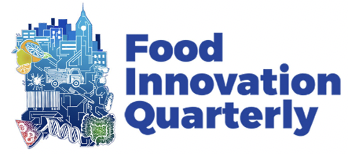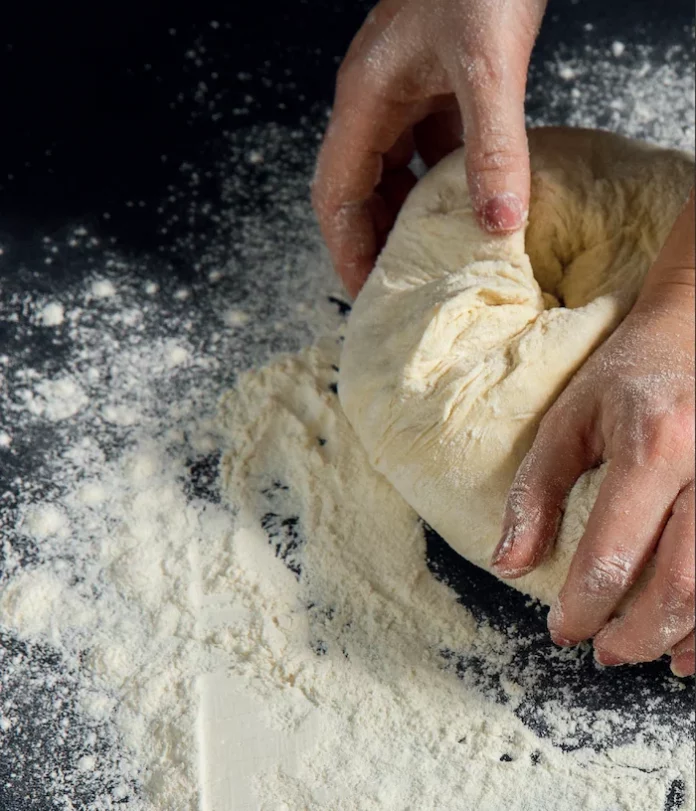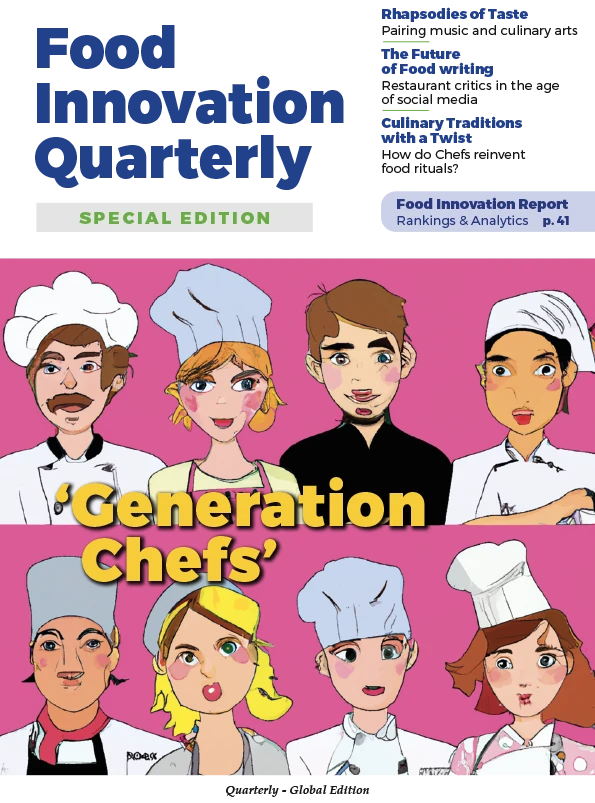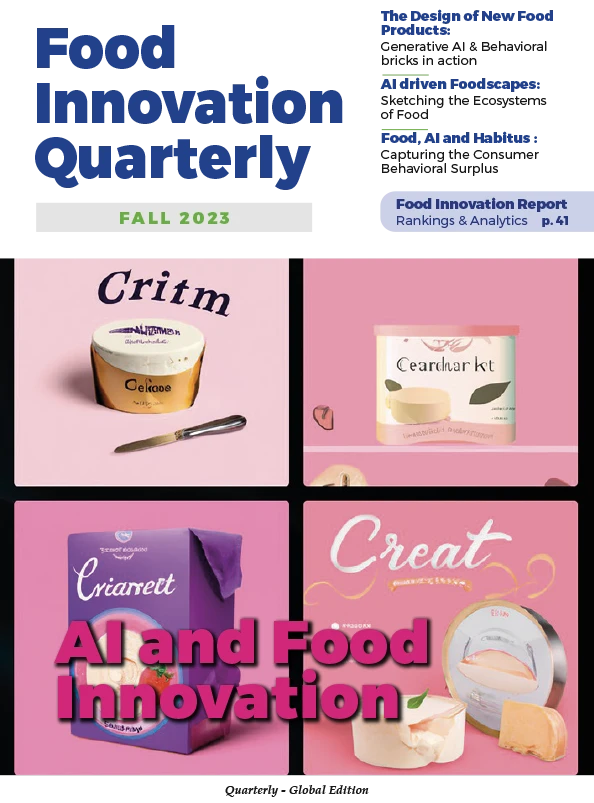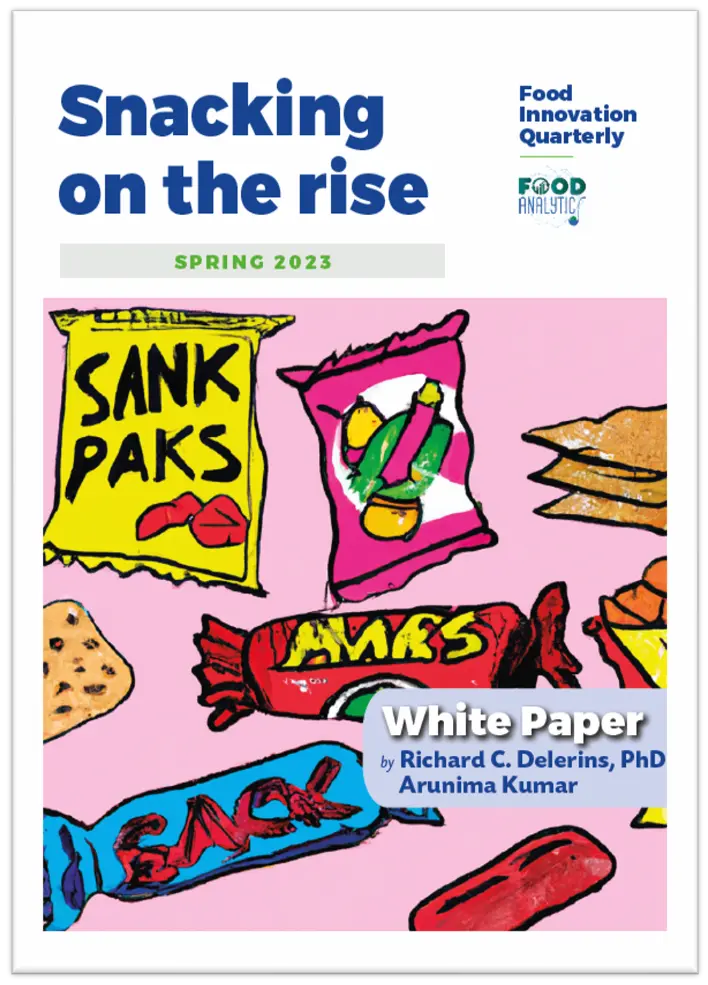The 2020 lockdown experience has revived the practice of baking homemade bread in France and Italy. Inspired by new motivations for baking, the French and Italians are developing a more comprehensive understanding of bread: not just food for the body, but also for the mind, not only for convivial occasions, but increasingly linked with the inner dimension of the individual. This new perception of bread is likely to drive future innovations in the leavened products sector, and to open the doors to novel concepts of bakery.
There is no relationship that can entirely avoid changes, not even the profound bond which connects the French and Italians with bread, a pillar in the Mediterranean diet and in their culinary cultures. In France and Italy bread consumption has decreased by three times compared to the 1950s, accelerated by a wave of carbo-phobia that considers carbohydrates inconsistent with a healthy lifestyle. But in 2020, this evolving scenario was suddenly shaken by the Covid-19 pandemic, which forced everyone to rethink priorities, routines and eating habits. Caught by the need for security and familiarity in times of concern, as well as by an unexpected amount of free time due to social restrictions, bread seemed to reconquer the protagonist’s role on the tables of French and Italians. They seemed to instinctively turn to their deepest identity roots: rediscovering bread through the practice of baking, an activity which ancestrally distinguishes human beings as such.
Between March 2020, the beginning of the first lockdown and April 2021, the return to a relative normalcy, the French and Italian consumers spawned and embraced changes in the significance of bread; changes which would percolate to consumers throughout the world and ignite new strides in the world of baking.
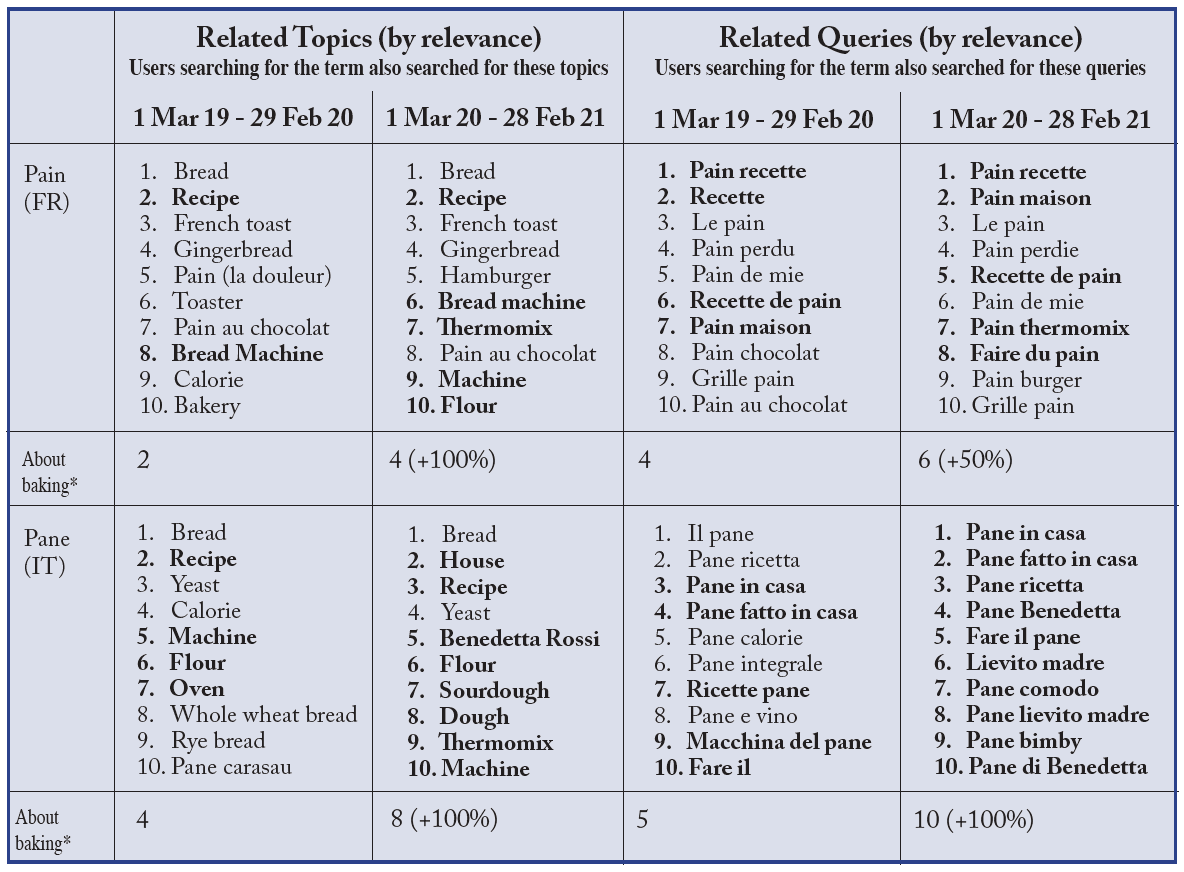
The baking craze
To observe the changes in the stance on homemade bread, a Google Trends analysis served as a good window.
Bread and baking related keywords in the local languages such as ‘pain’ or ‘pane’, ‘pain fait maison’ or ‘pane fatto in casa’ etc. were chosen to study the consumers’ inclinations. A peak of interest for the topic was registered from March to May 2020, when the volume of searches made in Italy and France for the local keywords skyrocketed.
Numbers returned to pre-pandemic levels with the reopening of out-of-home activities in June, and then reincreased in October-November, with a second lockdown in both countries. But what is most interesting is how, compared to the previous year, the conversation about bread became significantly more connected with the practice of baking. Looking at the adjoining table reveals that keywords such as ‘home’, ‘recipe’, kitchen tools like ‘thermomix’ and ‘machine’, ingredients like ‘flour’ and ‘sourdough’ appeared in the top 10 topics and queries linked to ‘bread’ for the period March 2020 – March 2021, substituting words such as ‘calories’ and ‘toaster’.
Hence, although the baking phenomenon might soon lose buzz with a return to normal social life conditions, it is reasonable to predict that the proactive approach through which people intensively experienced bread in 2020 has changed their perception of this timeless product.
Beyond Bread: A New Rationale
There has been a significant shift in the values driving baking and bread consumption since the lockdown. A semantic analysis of 100 articles from sources such as Le Monde, Le Figaro, Ansa.it, Corriere della Serra revealed remarkable differences in the perspectives adopted to talk about bread across the two periods. The most noteworthy was the shift from a top-down viewpoint, which mostly explores bread through the eyes of bakers and experts, towards a more horizontal and inclusive one, with a focus on homemade. The doubling of the number of articles including bread recipes is another giveaway of the popular desire to get in the bread game.
The celebration of bread’s raw ingredients is the most frequently underlined aspect in the articles from both periods. But after March 2020, it loses limelight to new motivations behind baking. Dominant in Italy is ‘a sense of control and progress’ where baking is seen as a scientific process. The search for a perfectly leavened piece of bread through the best combination of variables (ingredients, dosages, timing) helps to rebuild certainty in times of uncertainty. Whereas in France, baking is valued as ‘therapy’ to pursue psychological wellness and an opportunity for self-expression, a form of luxury under stressful circumstances. Additionally, baking is increasingly viewed as a recreational activity without missing its value of essentiality. As people started appreciating the inner and mental benefits of the bread experience, the emphasis on the pleasure derived from its sensorial characteristics like texture, smell, and flavour took a backseat. Even the traditional association with commensality lost centrality because before the pandemic, sharing homemade bread was typically reserved to special occasions, while during the lockdown it became routine.
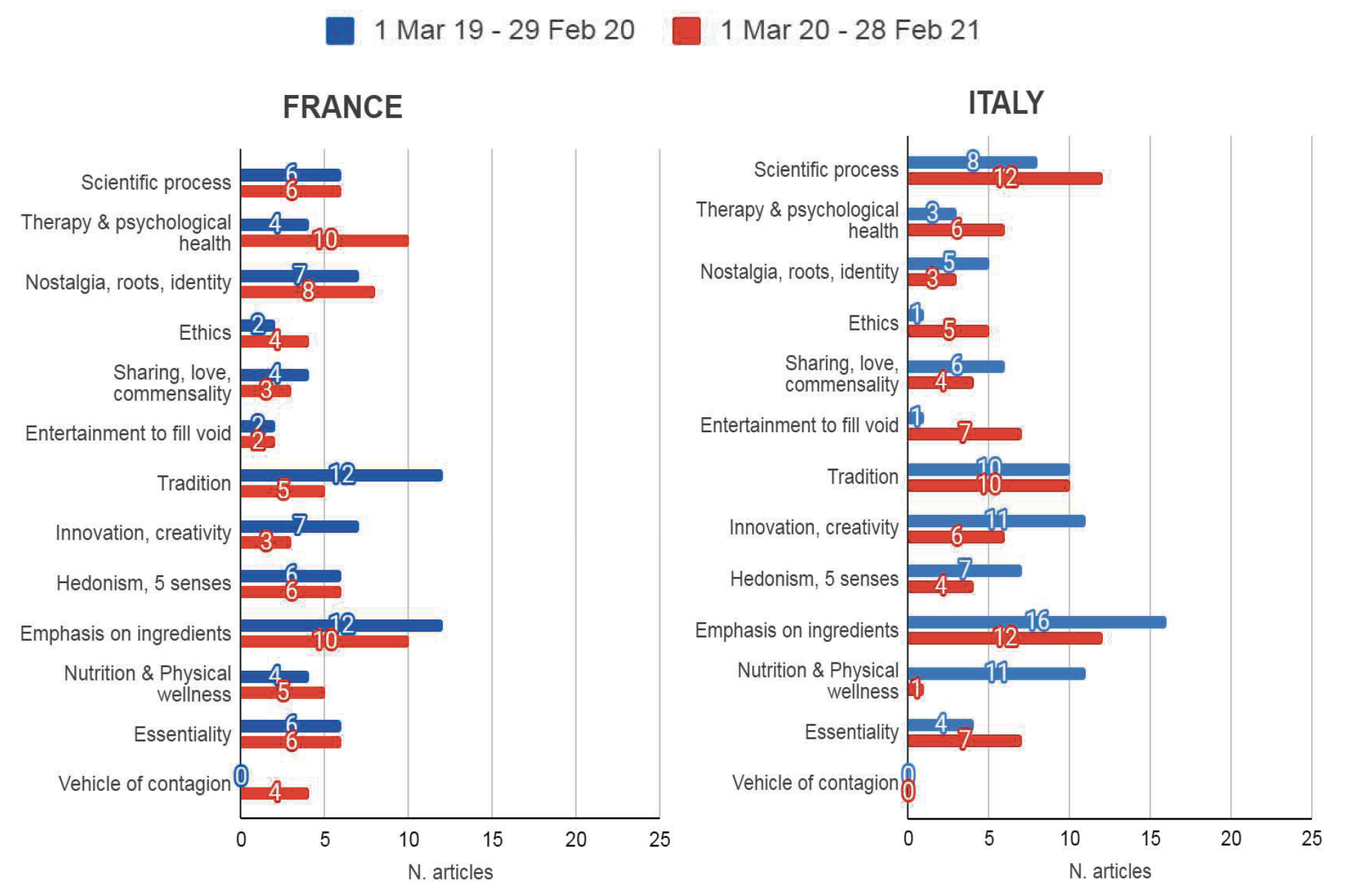
As baking entered the ‘living present’ of more French and Italians, the dichotomy between tradition versus innovation became trivial. On the contrary, inspired by a renewed need for solidarity, more articles applauded baking as an ethical practice promoting environmental sustainability, for example through the re-use of ingredients that would otherwise go to waste.
Despite these similarities, some differences exist between the two countries: the association of calories to bread was dropped in Italy whereas the nutritional argument remained stable in France. Additionally, the tendency to nostalgically connect bread to childhood memoirs and heritage became less present in Italian articles, but not in the French ones.
Bake it till you make it: new bread consumption patterns
The tastes of the younger generations cannot be ignored while considering the future of bread and there is no better place than Instagram to observe their new appetites. Here, the bread- baking-mania, which in spring 2020 emptied supermarket shelves of flour and yeast, still survives. An investigation of 800 Instagram pictures posted in April 2021, identified through French and Italian hashtags (local translations of #bread, #homemadebread, #sourdough, #leavened), confirms the popularity of the Do-It-Yourself (DIY) wave.
A majority of these pictures come from personal accounts rather than institutional ones. Although most of these ‘wannabe bakers’ are women, the number of men who bake is definitely not negligible. Moreover, the recurring themes and characteristics of these posts communicate a similar ranking of values associated with homemade bread to the ones found in the articles.
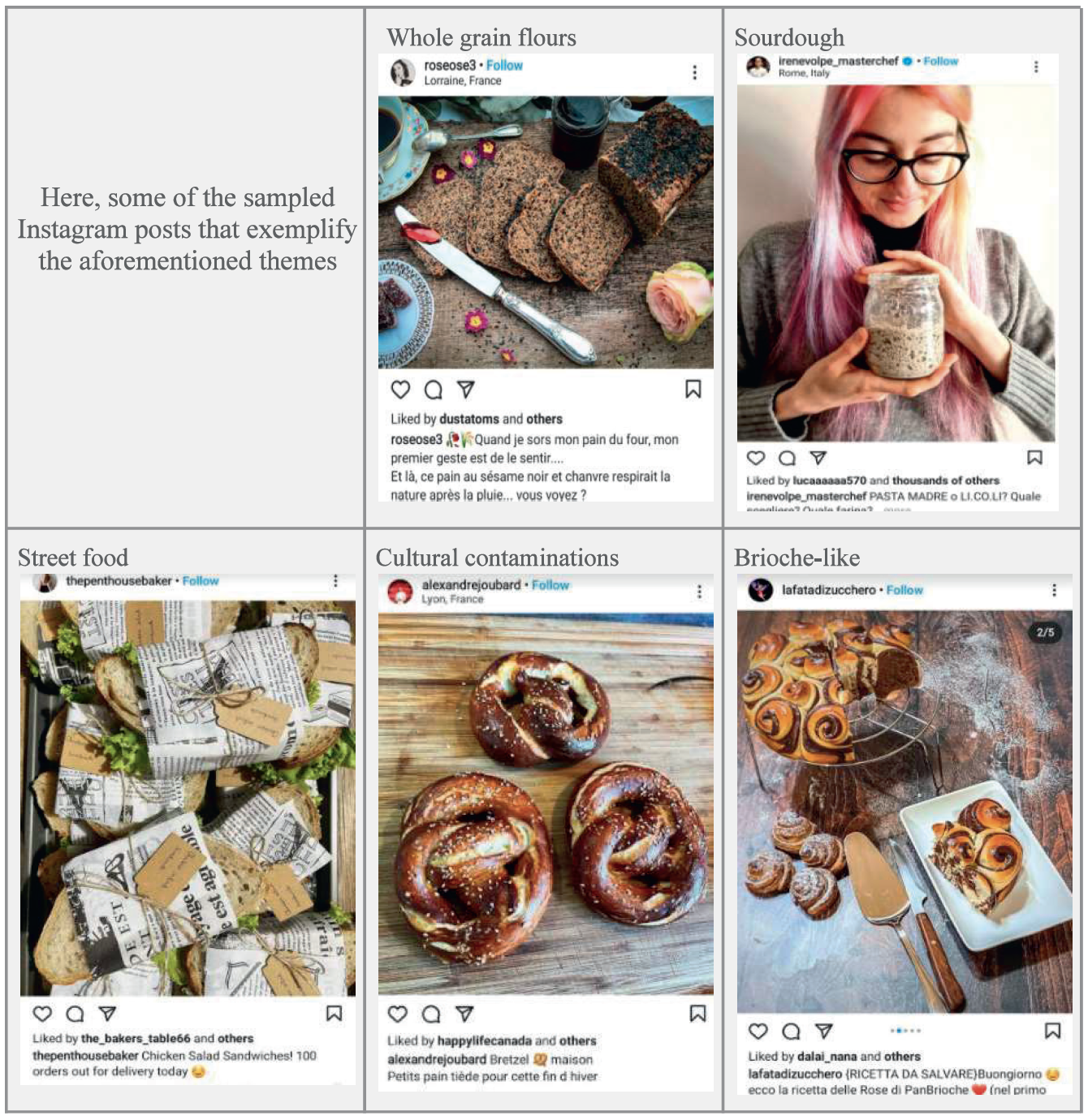
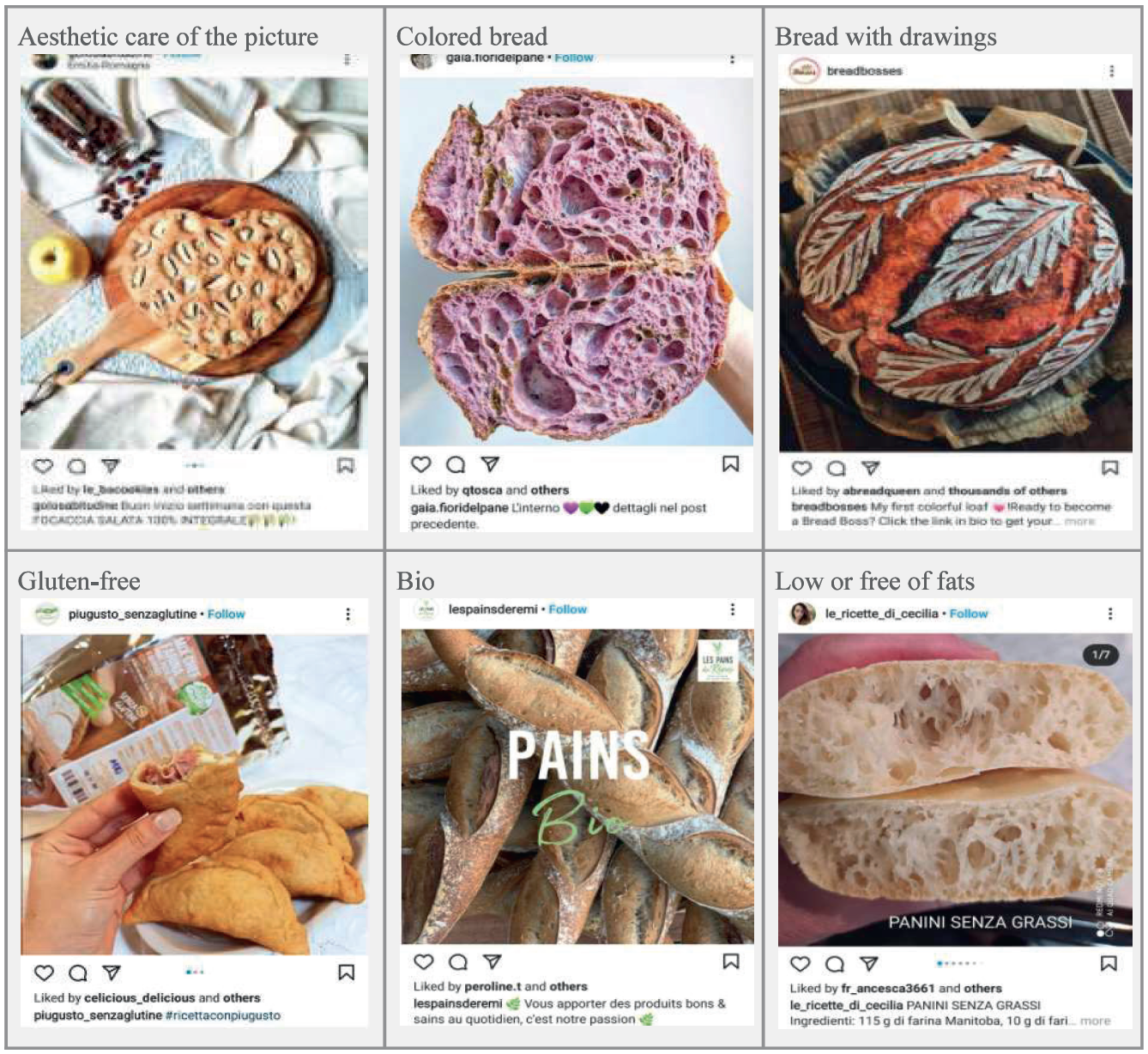
The use of sourdough and whole grain flours are the most recurring elements in both countries, in line with the leading attention given to ingredients. While posts showing a strong aesthetic care of the picture or bread with a coloured or decorated surface are frequent, contents highlighting nutritional properties such as organic, gluten free and low-fat bread remain niche. This suggests how bread is no longer perceived just as food for the body, but also for the eyes, and hence the mind.
‘As baking entered the ‘living present’ of more French and Italians, the dichotomy between tradition versus innovation became trivial.‘
The number of posts showcasing bread in street-food formats; functional, to be consumed individually on-the-go, is consistent with the new attention given to individual rather than collective spillovers. At the same time, the link between bread and the idea of community evolves and expands. It welcomes infusions from other culinary cultures, with pretzels, bagels, pitas reinterpreted in French and Italian ways, and converges toward pastry with sweet and soft bread similar to a brioche.
Bread Ahead: a new range of innovations
Traditionally, the bread industry offered a limited variety of products, leaving consumers with few options other than the white sandwich bread. In the past fifteen years, a shift in consumer behavior and now, the pandemic, have stirred up a wave of innovative offerings.
The foremost enabler of such innovations is the ‘decommoditization’ of bread. Consumers are curious to incorporate flour variants such as corn, rye, sunflower or quinoa and pay more attention to the quality of the ingredients than ever before. The increasing proclivity towards organic and healthy products, like those without palm oil or sugar as well as locally and ethically sourced options will continue to be unruffled by the higher price point.
The revival of the forgotten cereals and recipes reflects the ‘retro-innovation’ trends that were already permeating the leavened products sector especially with the rediscovery of the use of sourdough. Moreover, the curiosity and the creativity that consumers channelled through bread in the last year will boost the convergence with the pastry world, or what food scholars have already labelled as ‘briochization’.

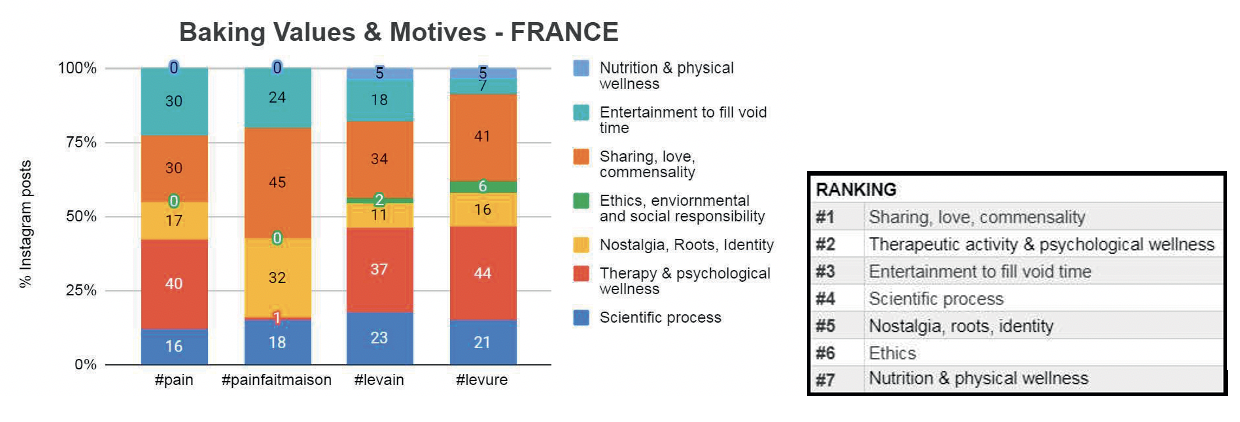
A similar future awaits the fusion between culinary cultures, with the Italian pizza and the French crêpe reinterpreted all over the world. This ‘culinarization’ is thoroughly reciprocated with Italian and French amateur bakers experimenting with their own versions of bagels, pitas and other breads from around the world. As the bread experience increasingly becomes personal rather than professional, the tendency to apply street-food formats to traditional bread recipes will be encouraged for their individual portions.
The role of digital technologies will be key to improving the service side of the industry.
AI and data tracking will not only enable customisation of bread products and baking experiences, but also aid professional bakers in efficient inventory management and scaling up.
Bakery 3.0
The market players have already started mapping the possibilities brought in by these changes in the bread sector.
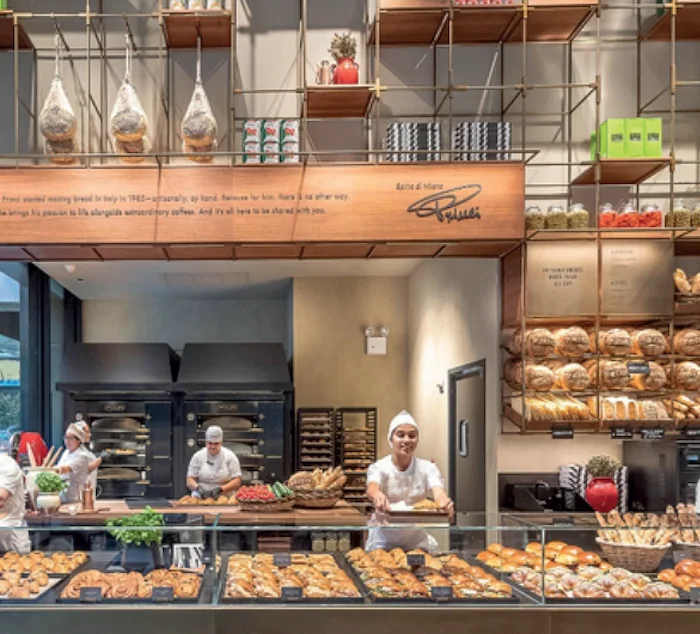
Iterations of Bakery 2.0 which is ‘smart’ and ‘friendly’, such as Princi Bakery in Italy, are already thriving around the world. It seems inevitable to devise a new concept of bakery that, leveraging on the ongoing innovations, responds to the new consumers’ perception of bread in France and Italy by offering a 360° product experience.
Bakery 3.0 can be imagined as a digitally connected place for the community as well as for individual knowledge. It involves active engagement, where the quality and diversity of ingredients rhymes with aesthetic pleasure.
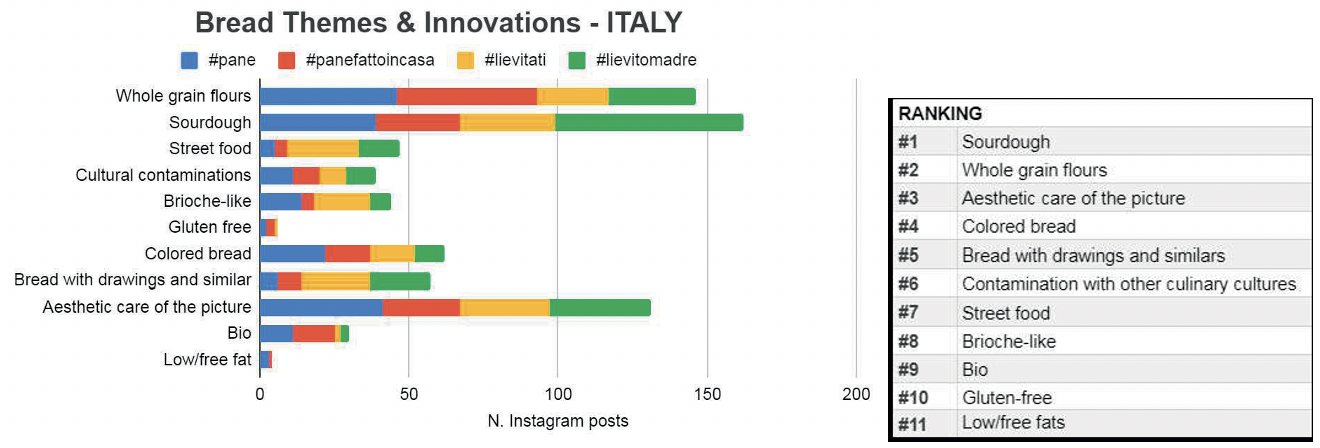
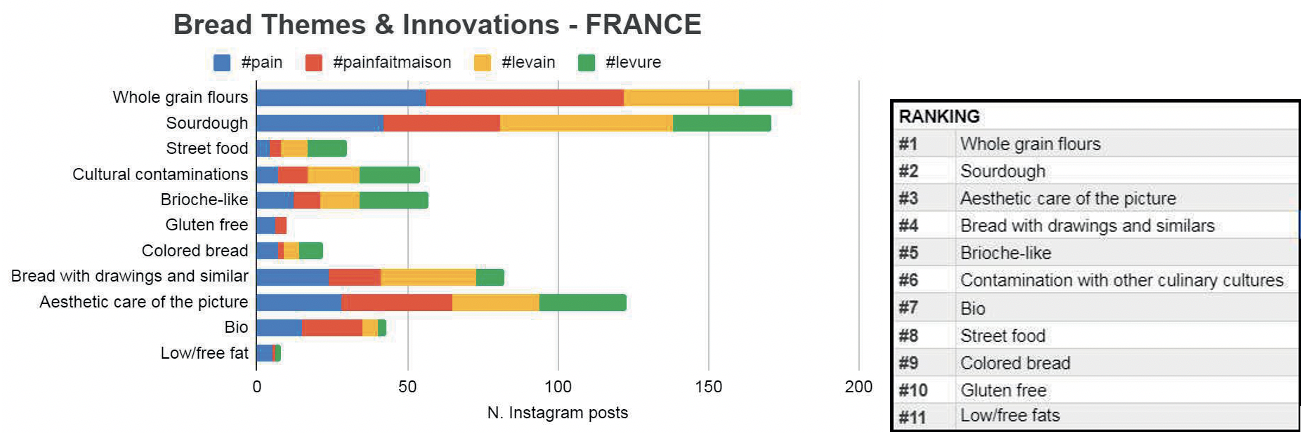
More concretely, there are different paths through which this innovative bakery format can be implemented.
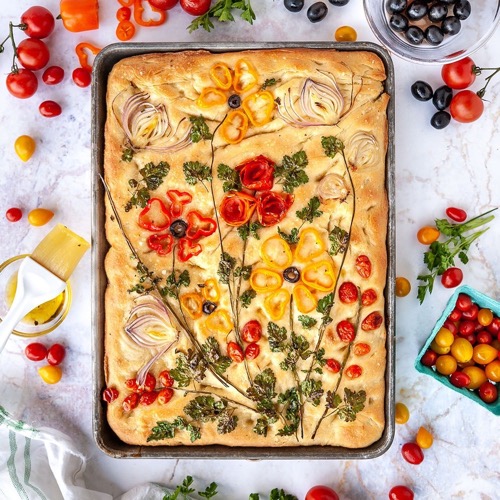
This new bakery is the perfect place for a break where customers can not only buy leavened products, but also take a moment for themselves in their frenetic routine: have breakfast, lunch, a quick regenerating break or an aperitif at closure time. To feed the rising curiosity towards the bread world, the new bakery would evolve into a hub for learning where the consumer can unravel the secrets of not just the products, but also the fascinating profession of a baker through engaging narratives and customer-centric activities. As people aim at being ‘the main character’ in their kitchens, bakeries could activate baking workshops, either online or in-store. In fact, these activities meet many of the values that drove the last year’s ‘baking mania’: need for creative expression and relaxation, interest in the science of baking, and desire for shared entertainment. An alternative way to respond to these wants is to sell ‘do-it-yourself bread boxes’ containing the ingredients and guidelines to cook a specific bread recipe perfectly at home. This idea also fits the increasing demand for personalised solutions without missing profits.
‘The link between bread and the idea of community evolves and expands. It welcomes infusions from other culinary cultures.’
The fling of French and Italians with bread seems far from over. Reimagined inspirations, new preferences and even innovative bake shop ideas emerge. In the darkest time, French and Italian people have, once again, contributed from their kitchens to reinvent the present and the future of their culinary heritage. These contributions have already permeated borders and are beginning to be adopted globally, a step closer to making Bakery 3.0 a reality.
The power of social media, proven by ‘instagrammification’ of bread during the pandemic, can be exploited to grow awareness (and, why not, sales). Bakeries should pay attention to the aesthetic side of their offer.
The more beautiful and unexpected in colours, shapes and decorations the bread is, the more likely is the probability to go viral.
Ultimately, the bakery of tomorrow has its own app to deliver hyper-personalized experiences. Imagine if you could choose your favourite flour mix, topping ingredients, and even the shape and colour of your piece of bread, and reserve it just through a click. This approach would also be appreciated by the ethically conscious consumers. It allows room for all dietary needs (for example gluten free and organic), reduction of food wastage, and cutting inventory costs as bakeries could increasingly plan their production in advance based on reservations.
